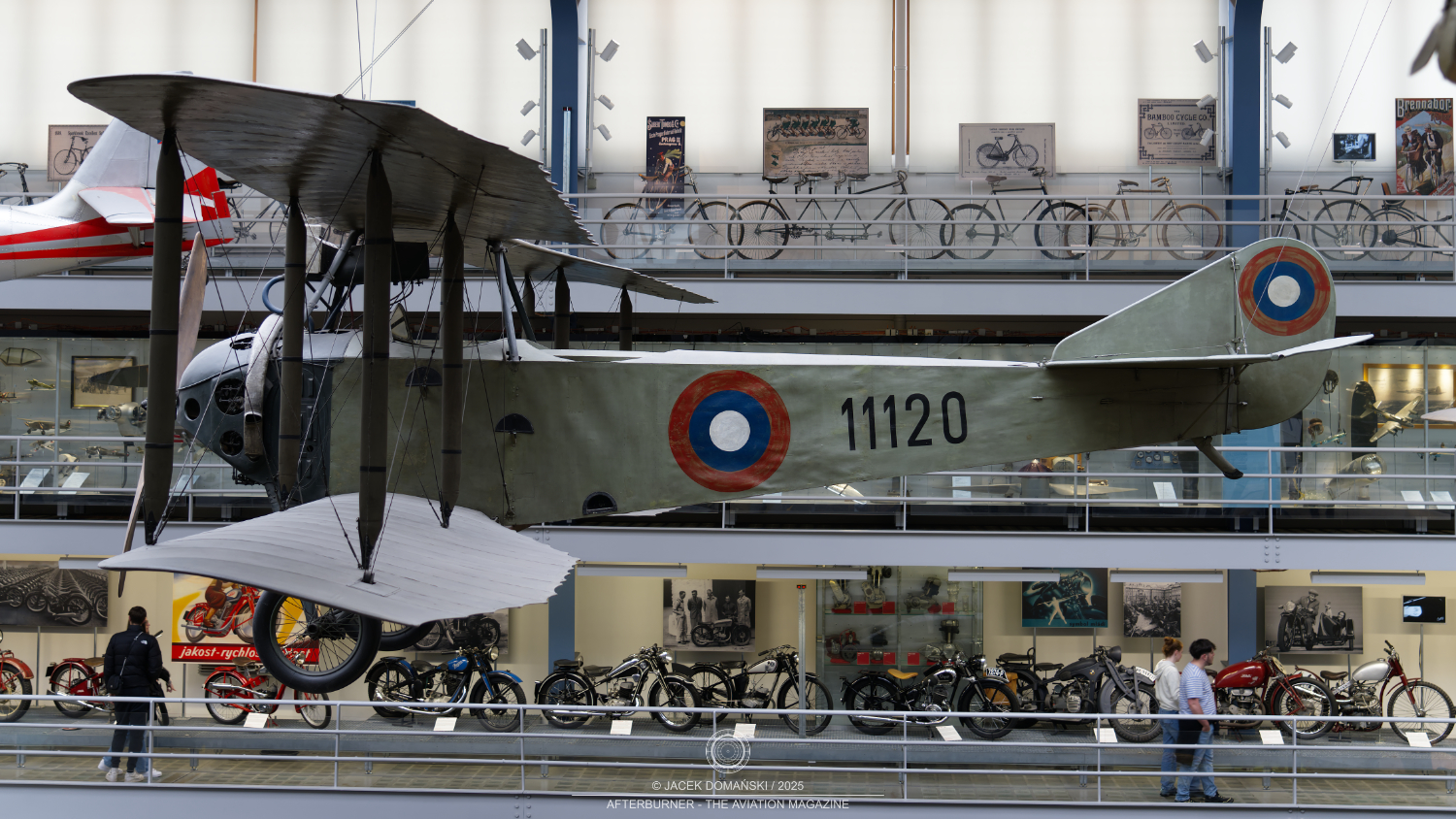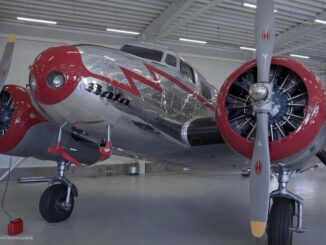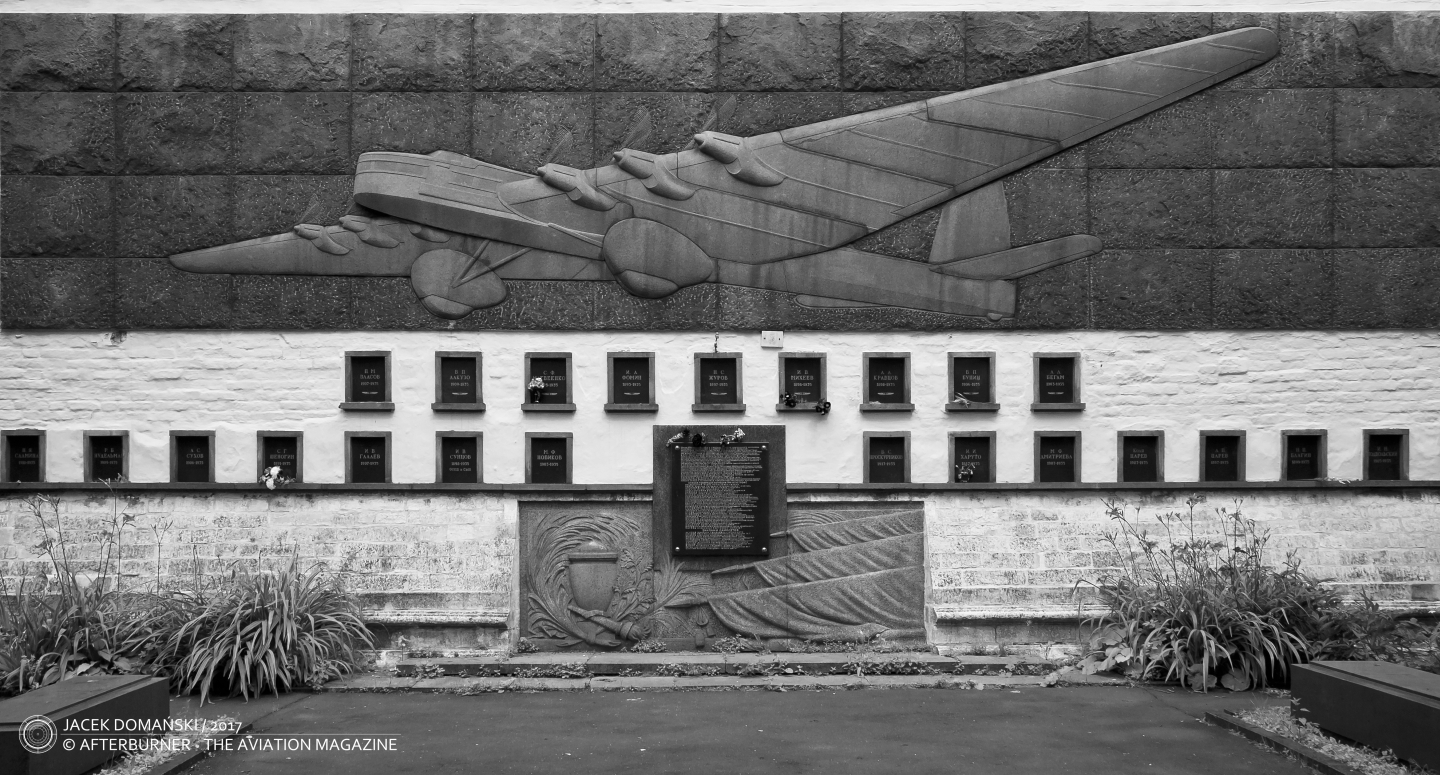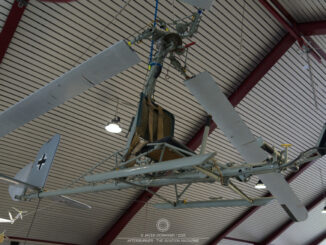
Anatra Anasal (c/n 010.91?, formerly “11120” of Letecký sbor Československé armády / Aviation Corps of the Czechoslovak Army), exhibited in the National Technical Museum, Prague, April 2025.
In 1911, Russian aviation pioneer Артур Антонович Анатра (Artur Antonovich Anatra) founded an aircraft factory in Odessa (now in Ukraine), named Одесский авиастроительный завод “Анатра” (the Odessa Aircraft Manufacturing Plant “Anatra”).
Anatra was not only a wealthy entrepreneur of Italian descent but also a well-known and respected figure, holding several important political positions and receiving numerous honorary titles. Moreover, he was an aviation pioneer who financed the purchase of the first aircraft in the Russian Empire and played an active role in setting up the Odessa Aeroclub and its flying school.
Initially, Anatra’s company manufactured various types of aircraft under licence from French aviation firms, including Blériot, Farman, Morane-Saulnier, Nieuport and Voisin.
In 1914, Anatra hired a new aircraft designer, Elysée Alfred Descamps, who had previously worked for the German Aviatik company. He also purchased from Aviatik a design for a light reconnaissance aircraft known as the R-20.
Descamps, commonly known in Russia as Декан (Dekan, meaning “dean” in English) due to the way his surname was pronounced, continued to develop the R-20 project, producing a two-seat reconnaissance biplane designated Анатра-Д (Anatra D) or Анаде́ (Anade) – D for Descamps, Anade being an acronym of Anatra and Descamps. The biplane was powered by a French-made 100 hp Gnôme Monosoupape rotary engine and made its maiden flight in December 1915 (or in spring of 1916, depending on the source).
Although test flights revealed numerous design flaws and even resulted in the fatal accident of a test pilot, Императорскій военно-воздушный флотъ (the Imperial Russian Air Service) urgently needed new aircraft, and approved the Anade for serial production. By 1917, more than 200 examples of the aeroplane had been built.
Unsurprisingly, the Anade was poorly rated by its crews and considered obsolete. It was precisely this pressure from Russian pilots that compelled Descamps to continue improving the aircraft. Initially, some airframes were retrofitted with the 110 hp Clerget rotary engine and became commonly known as Анакле́р (Anacler).
However, it was soon recognised that the outdated rotary engine concept was the main weakness of the aircraft. Consequently, Descamps redesigned the biplane to be powered by the 150 hp, nine-cylinder, water-cooled Salmson 9R radial engine, built under licence in Russia.
The new aircraft, designated either Анатра ДС (Anatra DS) or Анаса́ль (Anasal), made its maiden flight on 25 July 1916 (7 August 1916, New Style). Being slightly larger than its predecessor, the aircraft was armed with a synchronised forward-firing Vickers machine gun, and featured a distinctive, water-cooling radiator mounted ahead of the upper wing.
The Imperial Russian Air Service initially ordered 250 examples of the new aircraft, with an option to significantly increase that number later. However, the outbreak of the October Revolution disrupted these ambitious plans. Depending on the source, between 60 and 120 Anatra DS aircraft had been built by December 1917. During the ensuing Russian Civil War, the Anasal was operated by both sides of the conflict.
In March 1918, following the Treaty of Brest-Litovsk – a separate peace treaty signed between Soviet Russia and the Central Powers – Odessa was occupied by Austro-Hungarian forces. K.u.K. Luftfahrtruppen (the Imperial and Royal Aviation Troops) ordered 200 examples of the DS aircraft, now designated Anatra C.I. More than one hundred aircraft were built and delivered to the Austro-Hungarian forces before the end of the Great War, when the order was cancelled.
At the beginning of 1919, when Odessa was seized by revolutionary troops, Anatra left Russia and emigrated to France, where he collaborated with Peugeot on automobile engines. Descamps also returned to France where he continued his aviation developments.
After the war, some of the former Austro-Hungarian Anatra aircraft were operated in Czechoslovakia, Hungary, Poland and, reportedly, in the Kingdom of Serbs, Croats and Slovenes.
The example being currently on display at the National Technical Museum in Prague originates from the post-war inventory of the Czechoslovak Aviation Corps and is the only surviving example of the Anatra DS. The biplane is being shown in the post-war early Czechoslovak livery. However, it shows evidence of later repairs and modifications, and is fitted with an original Salmson 9R engine (rather than the Russian licence-built version).



